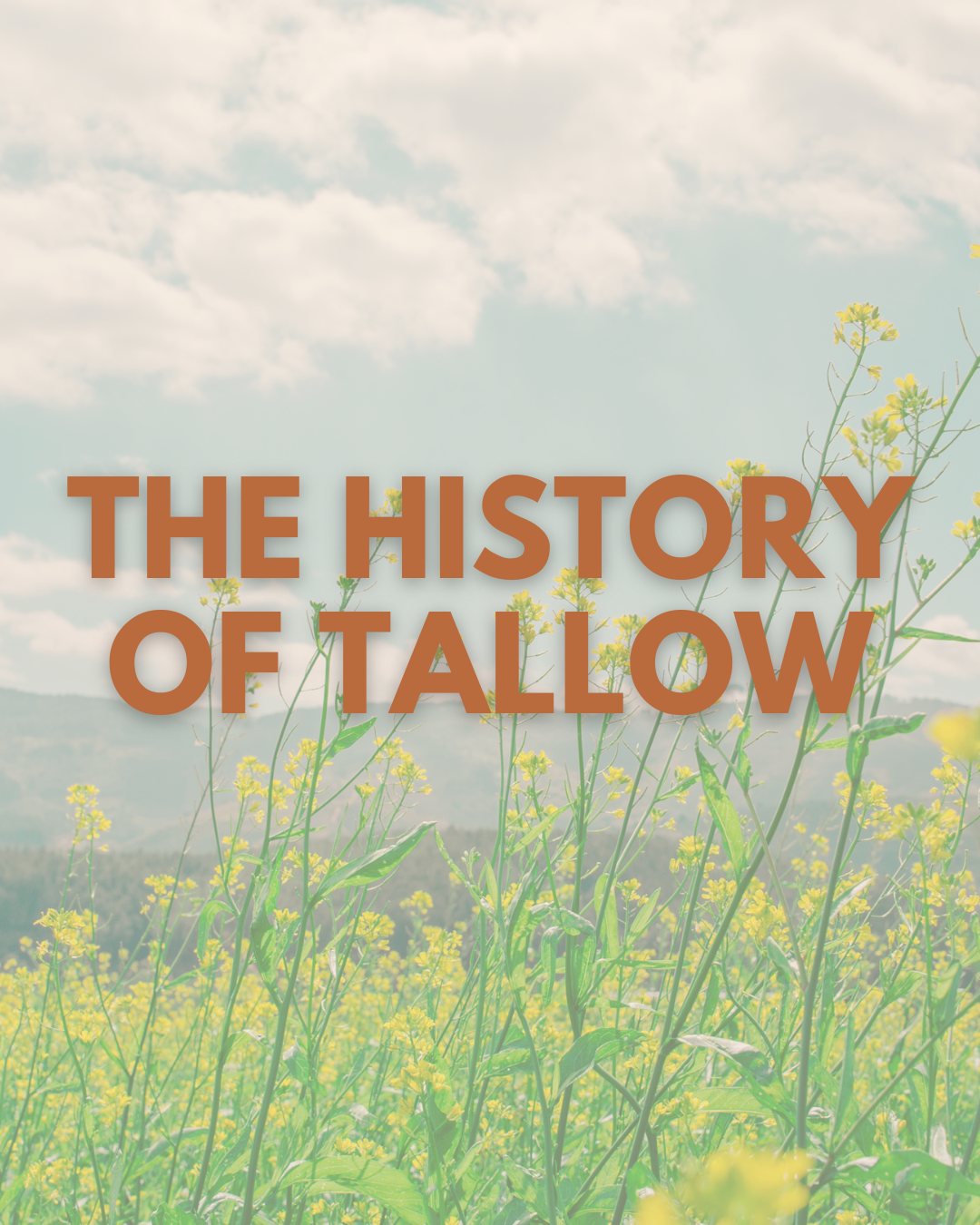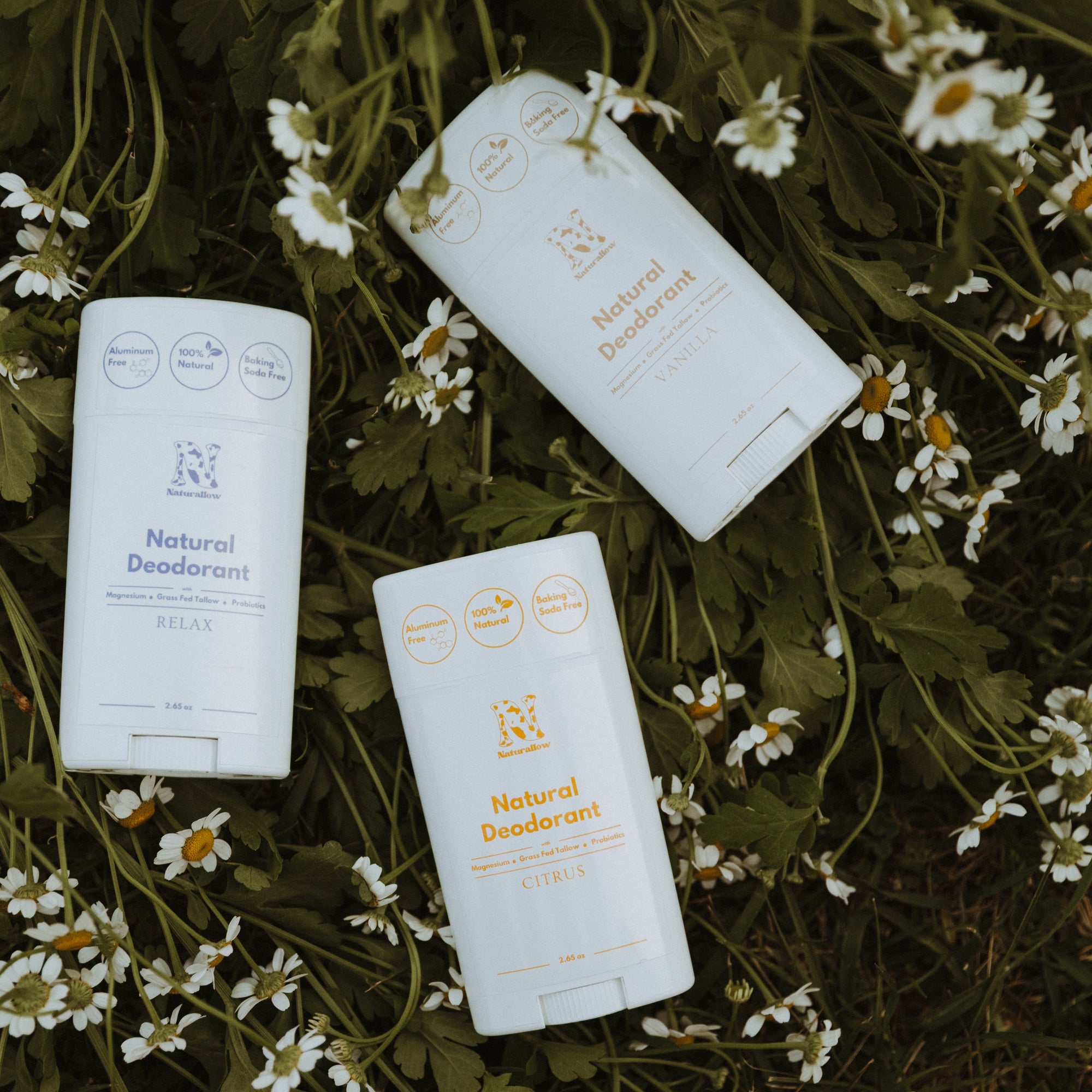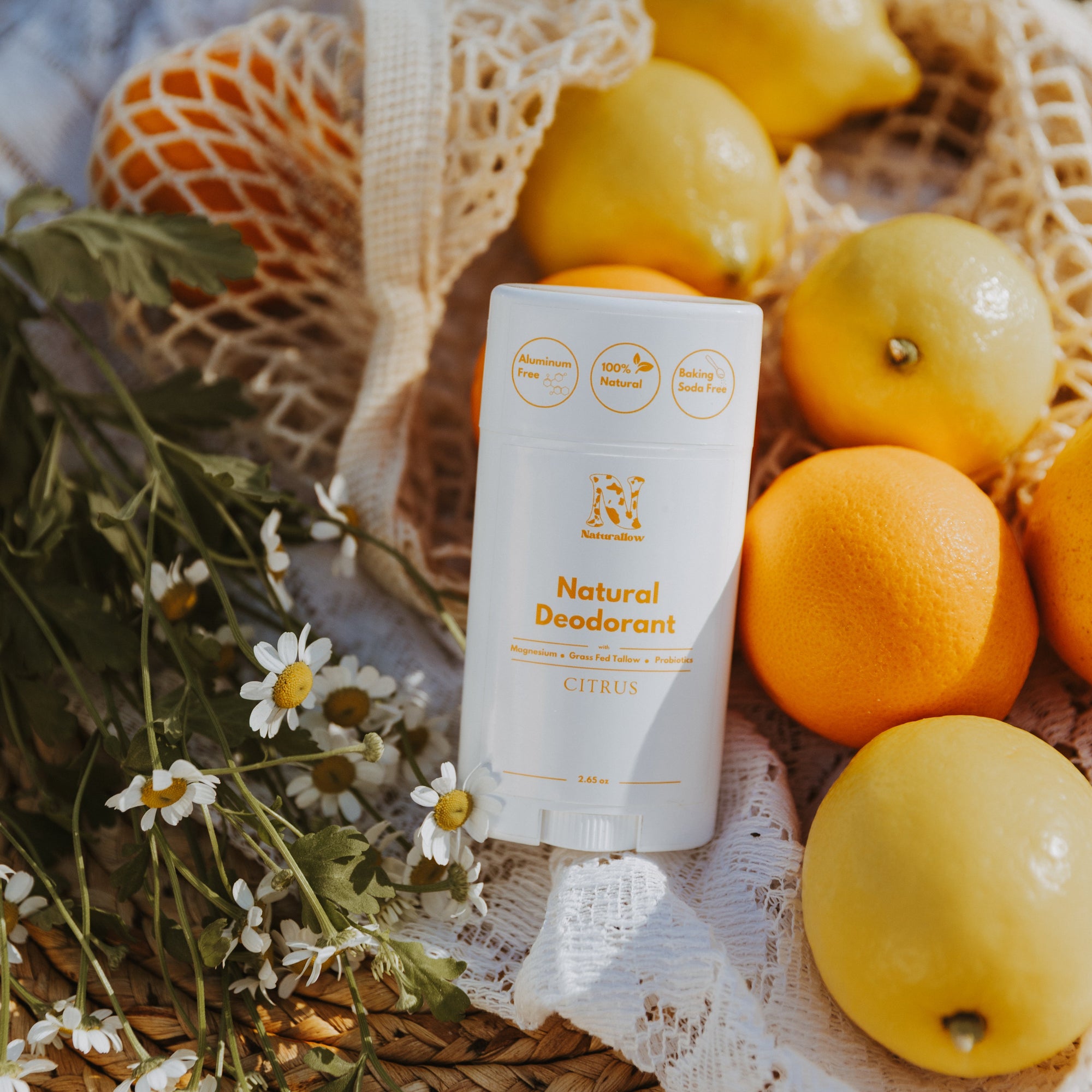
So smooth! I use it on my face mostly (also my baby bump) and it takes a while to fully soak in, but I don’t feel greasy…especially after I put my makeup on.
Peppermint is my favorite when it comes to lip balm! Love the texture, scent and smoothness it leaves my lips feeling
After one use im noticing results. I had dry, itchy skin before and now my face is soft, smoothe, and clearing up thw rash I had.








